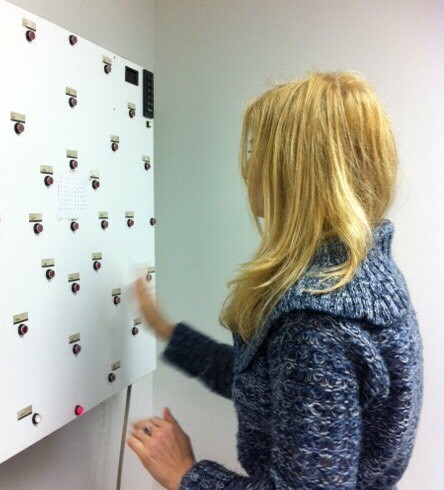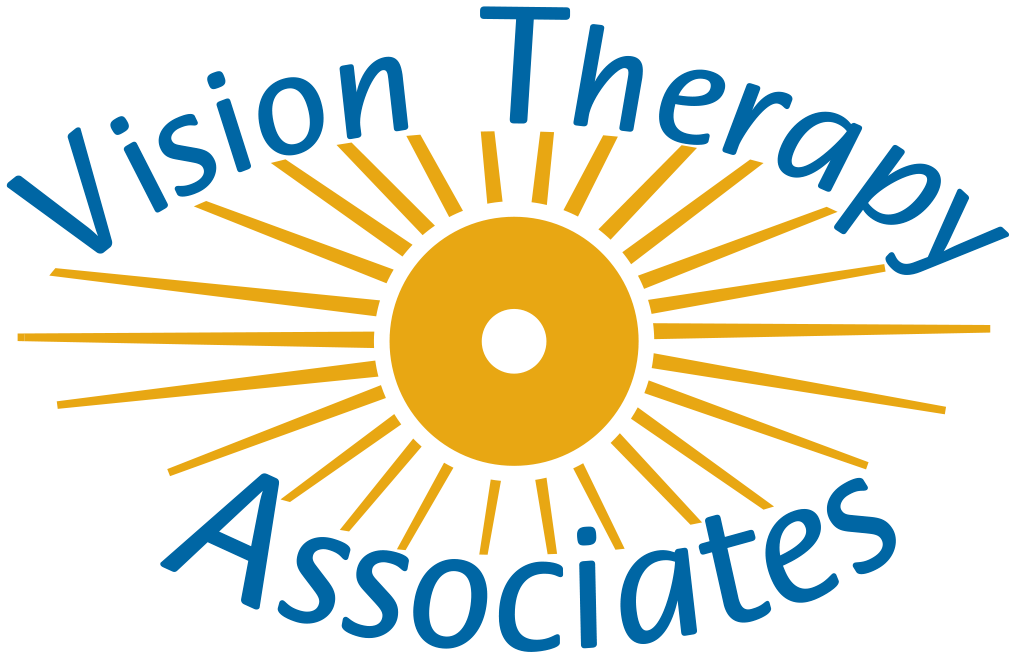Vision Fun and Games

Vision Fun and Games
Puzzles, and games are great tools for developing children's visual skills, and can provide hours of fun, and entertainment. In previous issues of YorKids, I discussed how there is so much more to vision than just seeing clearly. There are various visual skills necessary to coordinate the eyes, to process visual information, and utilize this information to coordinate our movement. These skills enable us to make sense of what we see, follow print across a page, catch a ball, visualize what we are reading about, and pilot our bodies thru space. How fascinating that these visual skills are learned when children play.
Think of traditional children games; marbles, jacks, jump rope, hopscotch, pick-up sticks, checkers, mazes, dot-to-dot, kick ball, tic-tac-toe... All of these games directly influence visual skill development by practicing eye movements, visual processing, and eye-hand coordination. These are all skills children need to succeed in school, and reach their potential as adults.
So how can we promote these skills in our children? We need to encourage less time on the computer, and watching TV, and more time playing. Playing outside is one of the best ways to develop visual skills. As we run, jump, swing, spin, and climb, we not only build motor coordination, the foundation for fine motor, and ocular motor coordination, but also practice using vision to pilot us thru space. Interestingly, these skills of knowing where our bodies are in space are essential in order to sit still, and sustain concentration.
Eye-hand coordination, and eye-foot coordination, can be developed with ball play. Great visual skills are learned while playing catch, Four Squares, kick ball, paddle ball, catching a ball bounced off of a wall, and dribbling a ball. Organized sports are also good for stimulating peripheral vision, and visualization of plays, and where you need to be on the field. Enrichment of these visual coordination skills involving timing and space will provide the foundation skills for good driving.
Fun and games which are good for fine eye-hand coordination include marbles, jacks, spinning tops, pick-up sticks, play dough, mazes, dot-to-dots, coloring, drawing, stringing beads, painting, origami, board games, crafts, and string games. Having your children play with these activities will improve the skills necessary for handwriting.
Learning to draw, and strategy games such as checkers, chess, dominoes, backgammon, Chinese checkers, provide hours of fun, and entertainment. These pastimes improve visual motor skills, visualization, and visual memory. All of which are necessary for good reading comprehension, math word problems, understanding math concepts, spelling, organization of thoughts for writing, planning, and organization in general.
Puzzles of all kinds are great ways of building visual perceptual, and visual thinking skills. Favorites include jigsaw puzzles, tangrams, Rubik's Cube, word searches, hidden pictures, picture puzzles, Sudoku, and fill-in crossword puzzles. These build the visual perceptual skills necessary for optimum academic performance.
Video games are not my favorite way to play when considering the development of visual skills for several reasons. While playing video games the eyes are fixed in one plane, and locked into a very small field of vision. This strains the eyes to hold focus at one location for extended periods of time, and trains the brain to be tunnel vision. In addition, it takes away from the time children should be playing outside, which promotes great eye movements, and the brain's awareness of great volumes of space, not to mention healthy exercise.
In our society, avoiding video games altogether is quite a challenge, so when our children do play these games limit their time, keep them on the big screens rather than the tiny hand held devices, encourage games involving movement, or ones which encourage visual thinking and processing
Yet another reason for children to get out there and play is that brain research is now clearly indicating the benefits of a great variety, and time spent moving and, interacting with our environment. Our neurons are bigger, with more connections, and stronger supportive glial tissue when raised in these enriched environments. This suggests that not only will individuals raised with this variety of activity be able to think and perform better, but also be able to withstand injury from concussion better.
These are just a few ideas to have fun over the summer with your children, all the while honing the ever-so-important visual skills necessary to succeed in school, sports, and their pursuits as adults.
About Vision Therapy Associates
Our mission is to provide the ultimate patient care in the field of Behavioral Optometry in order to enable our patients to see their potential, in a friendly, professional environment.
Our Location
Address
2649 Carnegie Rd, York, PA 17402
Phone
(717) 741-5531
Email
